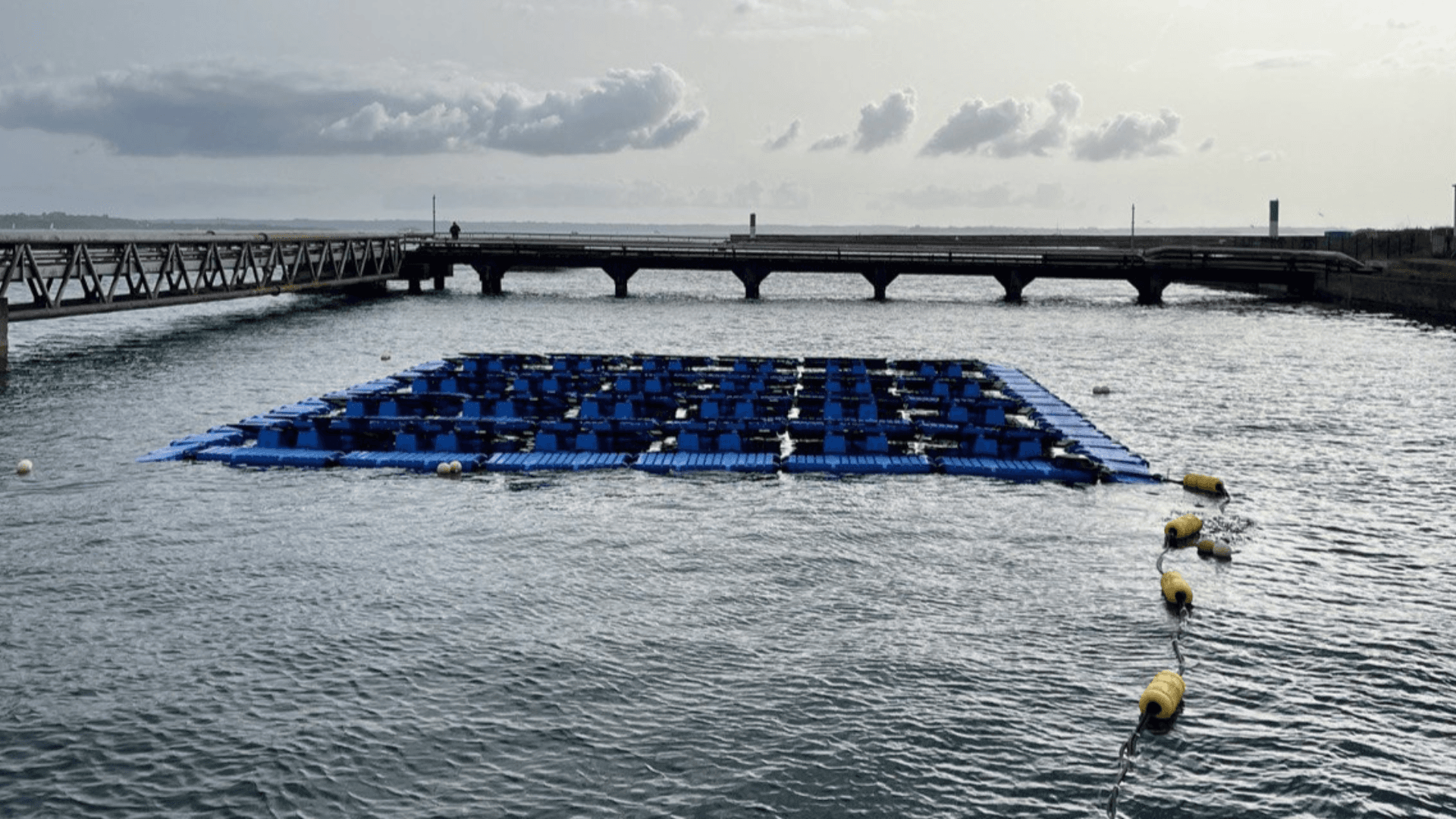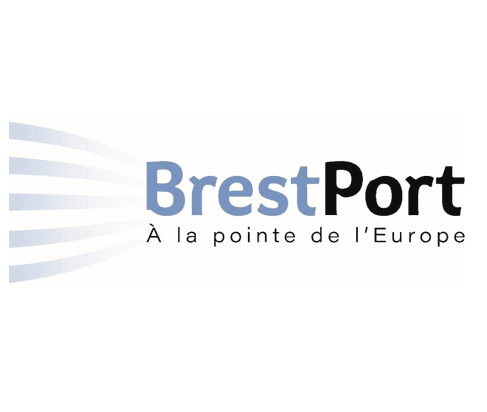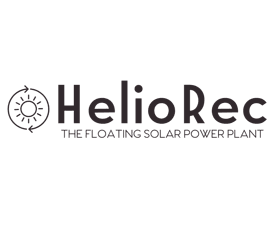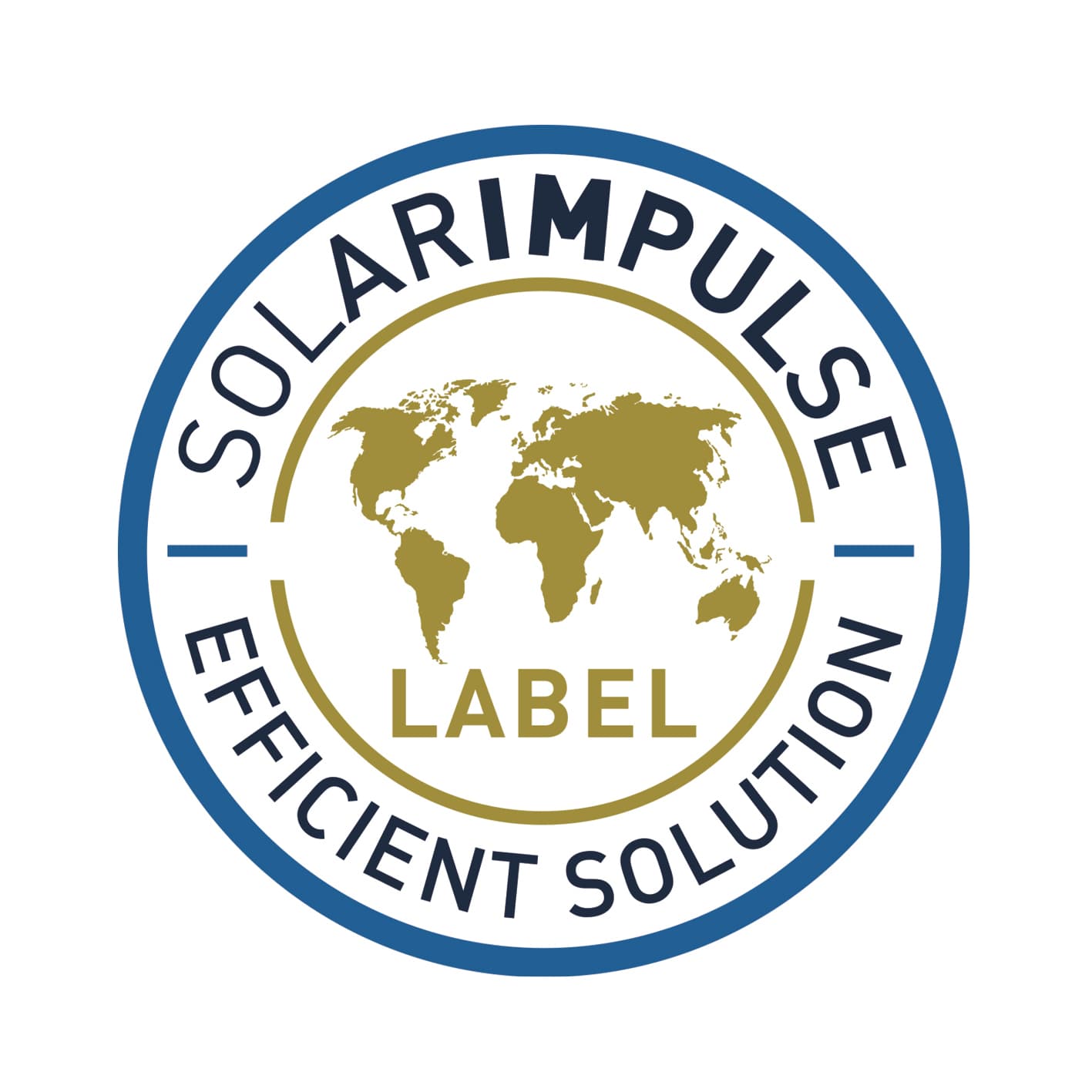
Utilize floating solar power plant installations
 BrestPort
BrestPort HelioRec
HelioRec Solar Impulse Foundation
Solar Impulse FoundationSummary
HelioRec installed a 25kW floating solar project in Brest Port, France, overcoming extreme tidal changes, waves and high winds, while saving electricity costs and creating renewable energy.
Context
This case-study has been developed in partnership with the Solar Impulse Foundation, which is promoting – through assessing, certifying and facilitating access to finance - the multitude of clean and profitable solutions currently available worldwide. Discover more of Solar Impulse Foundation’s labelled solutions here.
Electricity tariffs for French ports in 2024 are influenced by several factors, including government policies, environmental goals, and the general rise in energy costs. French ports, like other large industrial sectors, face the impact of increasing electricity prices, especially as the government gradually phases out the tariff shield, which previously kept prices lower.
The average price for electricity for ports and industrial sites is expected to range between €0.25 and €0.30 per kWh, depending on consumption levels, contract specifics, and whether the port uses onshore power supply (OPS) for vessels.
As electricity costs continue to rise, ports have to continue their expansion and exploration of alternative renewable energies.
Brest Port is an industrial and commercial seaport in a bay connected to the Atlantic Ocean. Brest Port faces a significant decarbonization challenge as it aims to reduce the environmental impact of its activities and infrastructure. This involves transitioning towards renewable energy solutions that can adapt to the port's specific maritime conditions. Brest's geographical and climatic environment, combined with its commitment to innovation, presents both an opportunity and a challenge for integrating clean energy sources.
Brest Port has a significant unused water area and it is a suitable case for clean energy generation and nearshore decarbonization. Therefore, Brest Port agreed to install 25kW of floating solar power plants with HelioRec and in the future expand it to the bigger installations.
Brest Port is known for its extreme tidal changes, with tides reaching 7m, winds exceeding 150 km/h, and formidable waves and not every floating solar technology and withstand these challenges as the floating solar technology can.
Solution
HelioRec designed and built a floating solar power plant that can withstand the harsh conditions of Brest Port. The plant covers a total water area of 247.5 m2.
The solution has a patented floating platform that is designed for wind of more than 150 km/h and waves up to 2m height.
The engineering team focused on creating a robust structure capable of enduring extreme tidal changes and high winds, ensuring the plant's stability and efficiency.
Impact
Sustainability impact
Climate
Scope 3
The current 25kW installation of floating solar plant in the Brest Port generates 28.0 MWh/year of clean energy, and saves 11 ton CO2.
If this floating solar power plant would be expanded to 1MW, it would generate 1.13GWh/year and save 450 ton CO2.
Nature
Reduced reliance on land-based solar installations, preserving natural landscapes.
Social
Provides a sustainable energy source for the maritime activities and as well reduces the emissions for the local community.
Business impact
Benefits
The cost of electricity generated is €0.112/kWh, which is significantly lower than the grid electricity cost, offering economic benefits.
Cost savings on electricity: The plant generates power at €0.112/kWh, significantly lower than grid rates, leading to substantial savings on energy costs.
Energy independence: Producing renewable energy on-site reduces dependency on external suppliers, protecting against price fluctuations and supply chain disruptions.
Operational efficiency: Reliable energy supply streamlines operations, enabling better energy budgeting and reducing downtime.
Increased competitiveness: Lower and energy expenses enhance the port's competitiveness, attracting more businesses and boosting revenue.
Attraction of green investments: Commitment to sustainability enhances the port's reputation, attracting eco-conscious businesses and investors.
Future scalability: The project serves as a model for future renewable energy initiatives, allowing for further expansions.
Regulatory compliance: Proactive emission reductions help the port stay ahead of regulations, avoiding fines and enhancing operational licenses.
Costs
The initial investment includes the cost of designing and building a robust floating structure capable of withstanding extreme conditions.
Operating costs are minimized due to the plant's durability and low maintenance requirements. No subsidies were mentioned.
Implementation
Typical business profile
Ports
Near-shore or offshore companies in the energy sector
Near-shore or offshore companies with high energy needs
Approach
This initiative is particularly relevant for companies located nearshore or offshore seeking to enhance sustainability and reduce emissions, aligning with global shipping and logistics trends towards greener operations.
Step-by-step approach for implementation:
Site assessment: Brest Port first checked the available area to ensure the floating solar platform could be installed without disrupting vessel traffic or port operations.
Order placement: Once the site was confirmed, the port placed an order with the solution provider for the floating solar solution.
Delivery of equipment: All necessary mechanical and electrical components were delivered to the installation site at Brest Port.
Preparation of the installation site: A dock was emptied and secured to provide a dedicated workspace for the installation period.
Mount equipment in the dock: The mechanical and electrical equipment, including solar panels and floating equipment, were mounted directly in the dry dock.
Launch of floating structure: Once assembly was completed, the dock was flooded, allowing the floating platform to be launched and moved to its designated operational location.
Connect to the inverter: Finally, the floating platform was connected to the inverters, integrating the system into the power grid for energy production.
Stakeholders involved
Municipalities
External bodies
Logistical teams
Operations teams
Procurement teams
Technical experts
Key parameters to consider
Consider the environmental conditions such as tidal changes and wind speeds.
Ensure the structure is robust and stable.
A 250kW project takes approximately 2-3 months to implement
Implementation and operations tips
Focus on engineering a durable structure
Conduct thorough environmental assessments to understand the challenges and design accordingly